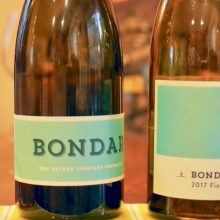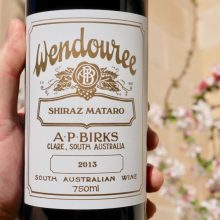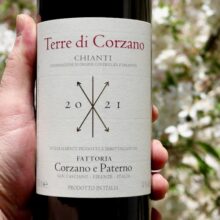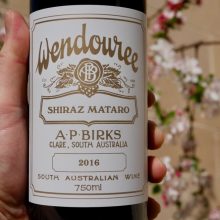
Product information
Castellare di Castellina I Sodi di San Niccolò 2016
$175
Description
The blend with Malvasia Nero doesn’t fit in the DOCG Chianti Classico so it’s an IGT. Gee it’s a good one. I was concerned the 75% new oak could be an issue. The quality of the fruit and oak sees it meld away into a complexing layer. This is all about the fruit and the texture. Galloni’s note is bang on. This is serious wine with quite some sophistication. It is young and brooding yet it is beautifully balanced. The Malvasia Nero plays the role of Canaiolo in a DOCG adding roundness and richness to the palate without dominating. The harmony of the wine makes sense when you hear of the early blending of fruit and wine combined with 24 month aging in oak prior to bottling. I’ve always been an advocate of wines spending 2 winters maturing before bottling. It completes them, brings them together.
It’s not instantly recognisable as a Sangiovese. It is instantly recognisable as a unique and beautiful wine full of personality!
Castellare’s I Sodi di San Niccolò is the single most overlooked high-end wine in Tuscany today. The 2016 picks up where the 2015 left off. A rush of inky dark fruit, lavender, spice, licorice, gravel, blueberry and menthol builds as the 2016 shows off its exceptional balance and pedigree. Readers will have to be patient, as the 2016 needs a few years in bottle to fully come together. Even so, the 2016 has been nothing less than spectacular on the two occasions I have tasted it so far. In a word: monumental.
Antonio Galloni
Out of stock















You must be logged in to post a comment.